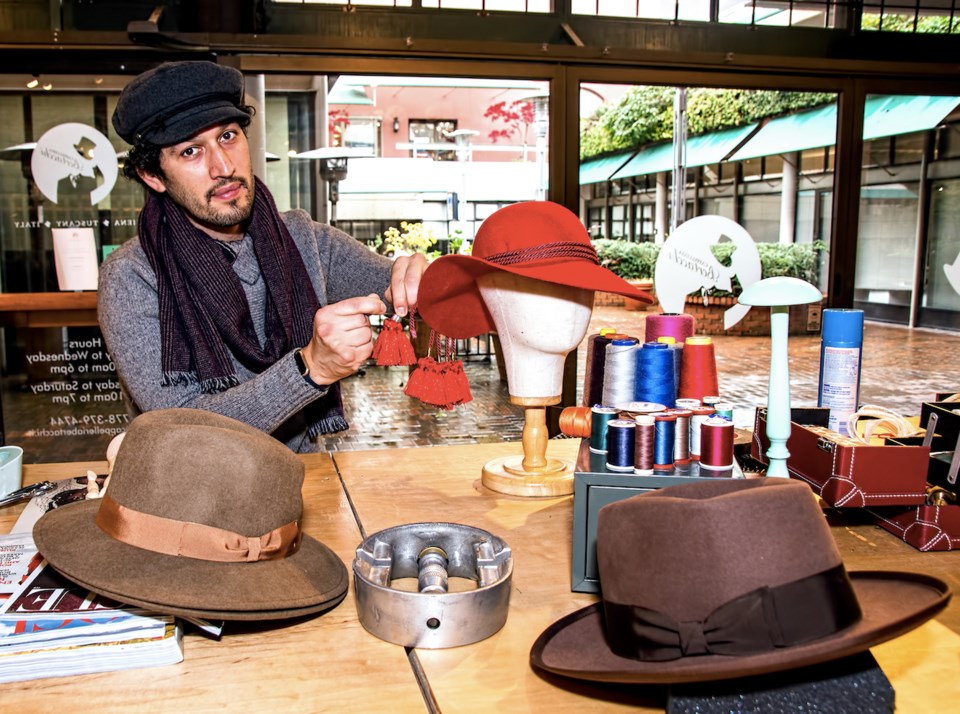There is a lot of hype these days about e-commerce, but data surrounding the surging retail sales in Canada reveal that 93 per cent of retail spending is not online, but in a bricks-and-mortar location.
According to Statistics Canada, as national retail sales surged in November, the e-commerce share was 7.3 per cent. While online shopping increased from a 4.4 per cent share in the same month a year earlier, it accounted for just $4.3 billion of total retail sales in a month that posted total spending of $55.2 billion.
Core retail sales—which exclude gasoline stations and motor vehicle and parts dealers—rose 2.6 per cent from October on higher sales at food and beverage (+5.9 per cent) and general merchandise (+1.6 per cent) stores, as well as building material and garden equipment and supplies dealers (+2.2 per cent).
November retail sales were up in every Western Canadian province, when compared to a year earlier. British Columbia posted sales of $8 billion, up 11 per cent from a year earlier, while Alberta matched the national average with sales increasing 7.5 per cent year-over-year, to $7.1 billion. Manitoba saw a 6.3 per cent increase to $1.8 billion and Saskatchewan was up nearly 7 per cent from pre-pandemic November 2019 to $1.7 billion.
As in other provinces, bricks-and-mortar sales outstripped e-commerce volumes during the month.
Storefront retailers, however, should not be complacent, analysts note, because e-commerce sales have been increasing month-over-month since the pandemic began and are chipping away at traditional retail’s share of the market.
Craig Patterson, editor-in-chief of Retail Insider, said the bricks-and-mortar retailers are facing a problem.
“At this point the question is, ‘Why would anyone go into a store if they could get it online?’”, Patterson said.
Giving people a reason to come into a physical location means retailers are going to have to create unique shopping experiences that they won’t find online, he said.
Patterson points to the innovative retail location that Foot Locker just launched on Vancouver’s Robson Street. The location, which Foot Locker dubs a “community power store,” uses showmanship to lure and hold Vancouver shoppers, heightening the consumer experience by featuring Vancouver brands on its shelves, local artwork on its walls and even dedicating its second floor as an event and entertainment space to showcase local brands and DJs when conditions permit.
Shopping centre owners are also having to reinvigorate their properties by considering cannabis dispensaries, second-hand stores and other tenants that would have been unimaginable a decade ago, he said.
Patterson also forecast that many retailers that started online will be looking for bricks-and-mortar locations as the pandemic restrictions ease.
- With Tyler Orton, Business in Vancouver



